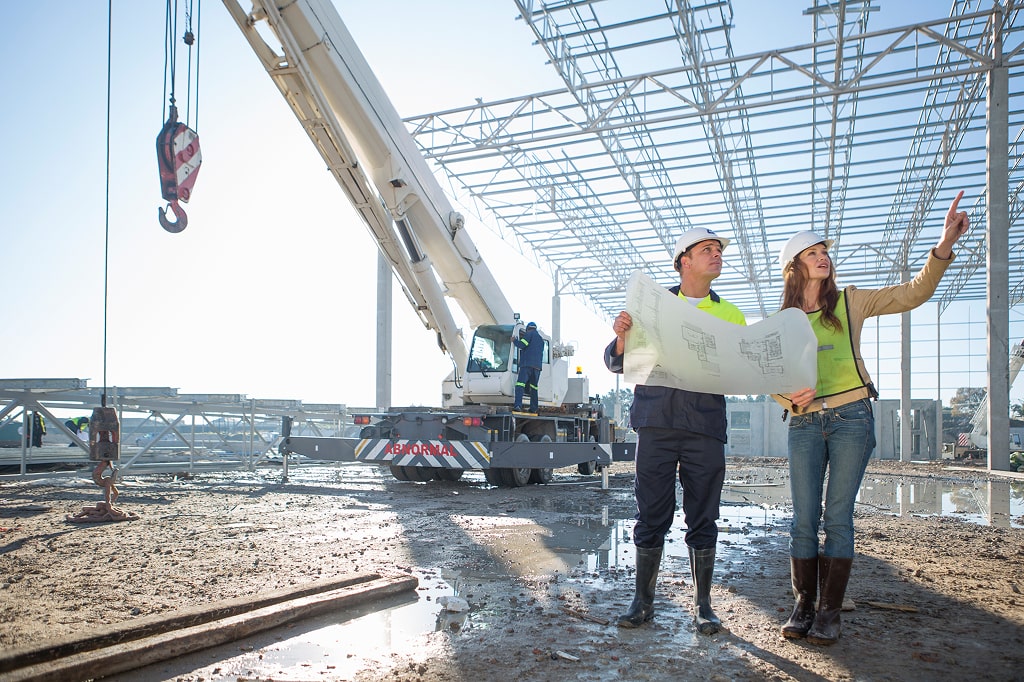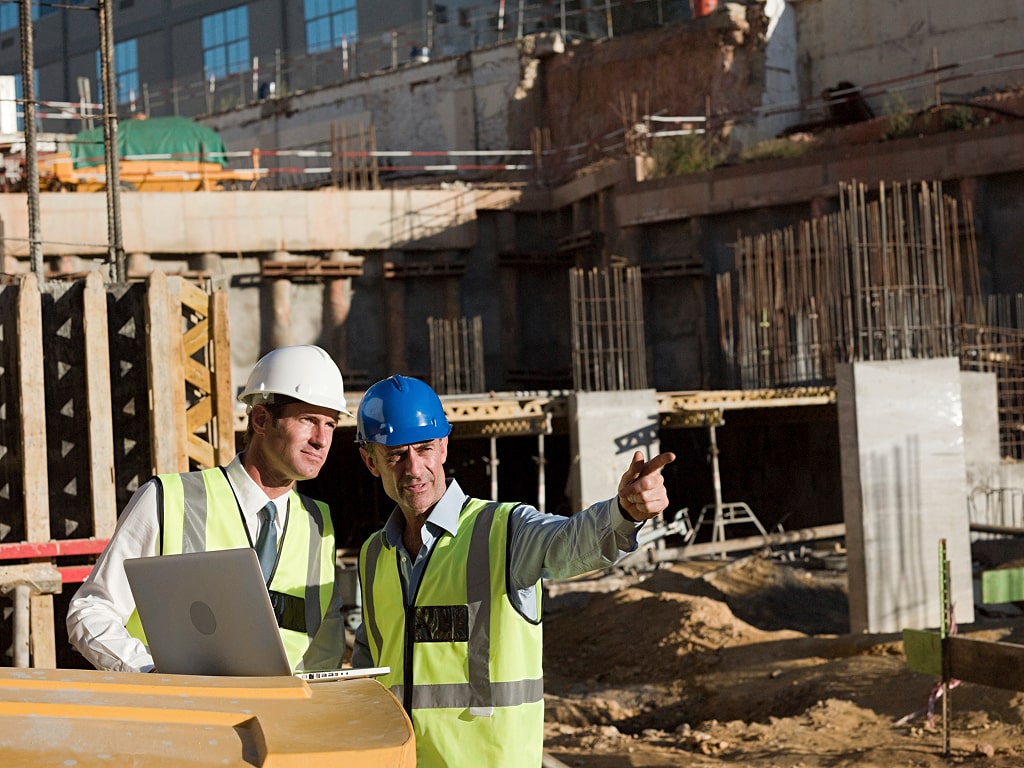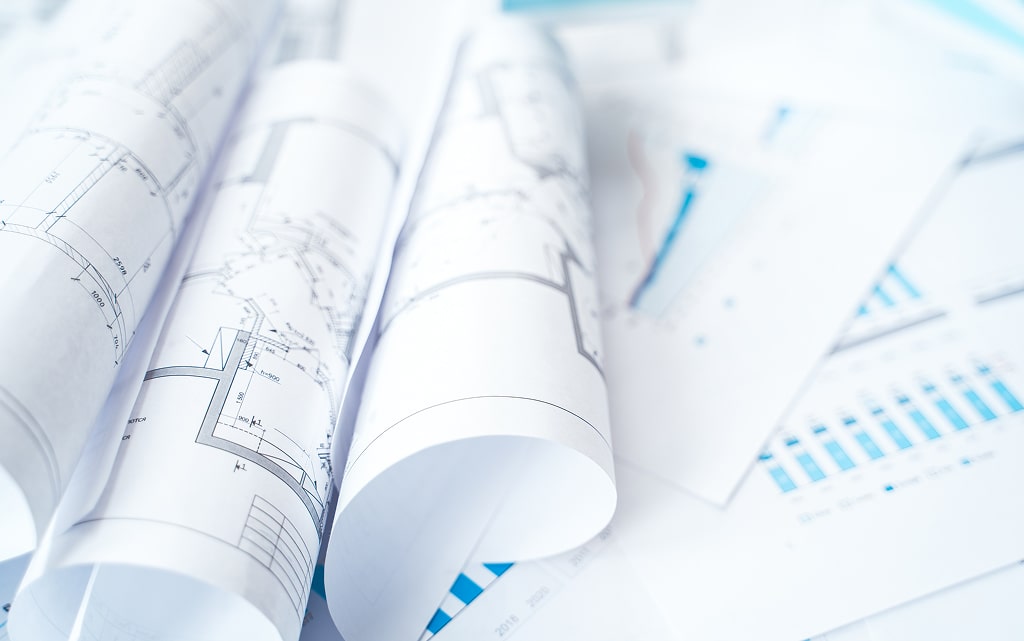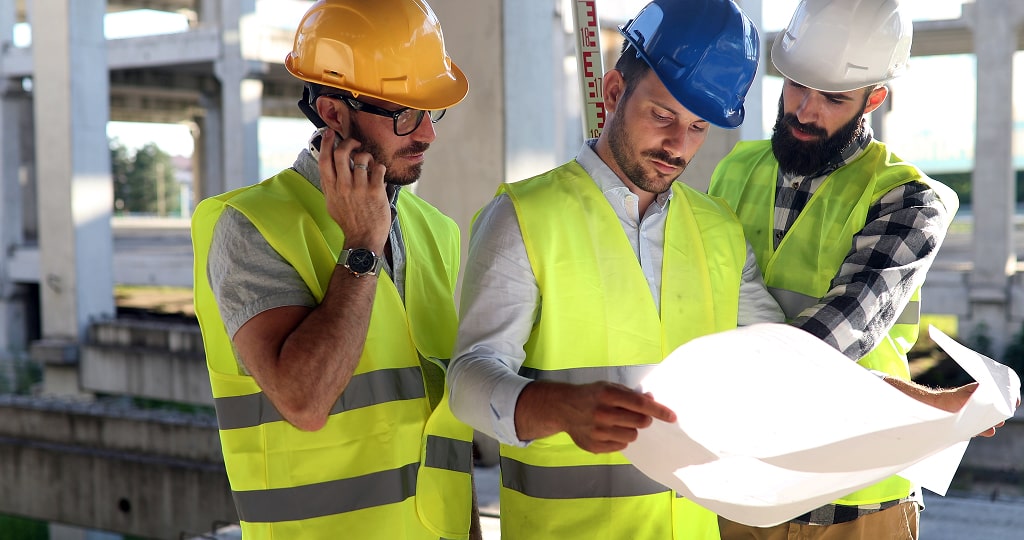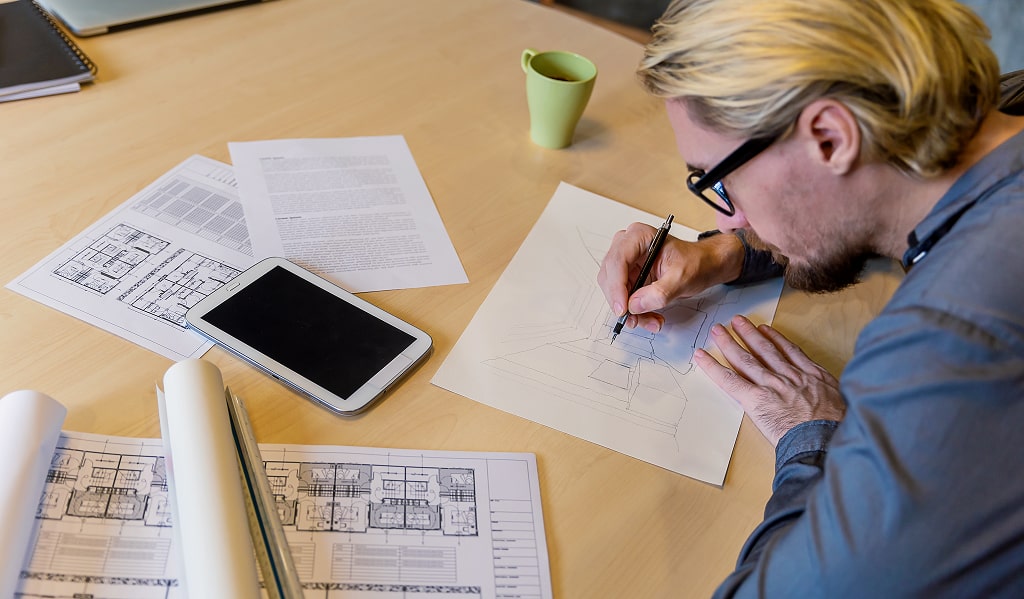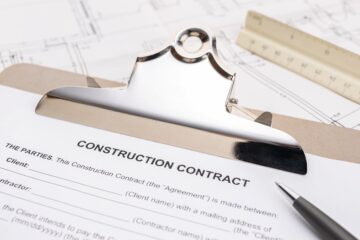A project can only be as strong as the planning that drives it. From a new housing development to a large commercial build, every detail matters.
Without careful management, costs rise, schedules slip, and quality suffers. That is where project management in construction makes a difference.
The Construction Consultants help clients across the UK understand the value of great planning and offer expert guidance that keeps projects moving in the right direction.
Strong project management construction is not just about ticking boxes. It is about creating a system where budgets, teams, and deadlines work together.
With the right planning, risks are spotted early, decisions are made faster, and projects reach completion without unnecessary stress.
Why is Project Management in Construction So Important?
Project management construction is more than paperwork—it is the backbone of every successful build.
When a project is managed well, it runs smoothly from the first design stage to the final handover. Without it, even the simplest task can cause disruption.
Some of the most common challenges in construction include:
- Delays caused by supply chain issues or poor scheduling
- Rising costs when budgets are not closely tracked
- Miscommunication between clients, contractors, and teams
- Safety risks when responsibilities are unclear
If these issues are not controlled, they lead to unfinished work, unhappy clients, and wasted resources.
According to the Royal Institution of Chartered Surveyors (RICS), good project management reduces waste, improves efficiency, and ensures better value for money across projects.
Project management in construction is important because it brings order to what can otherwise feel like chaos. A well-managed project ensures that everyone knows their responsibilities, milestones are clear, and decisions can be made without delay. When this system is in place, clients gain confidence, teams work better together, and projects are far more likely to finish on time and within budget.
What Does Project Management Construction Involve?

When people hear “management,” they often think of paperwork and meetings. But project management in construction is far more practical and hands-on. It combines planning, coordination, and leadership to guide a project from start to finish.
Key elements include:
Setting Clear Goals
Every construction project starts with a vision. Management ensures that the vision is realistic and broken down into measurable steps. Goals help everyone, from architects to site workers, understand what needs to be achieved.
Planning the Timeline
Construction is complex. A project might involve groundwork, structural builds, electrical work, and interior finishes. A strong project management plan creates a schedule that prevents trades from clashing and reduces downtime.
Budget Control
Costs can spiral quickly if spending is not tracked. Project managers create budgets, monitor expenses, and highlight risks early to prevent overruns.
Team Coordination
Construction often involves many contractors and suppliers. Management keeps communication flowing, assigns responsibilities, and resolves conflicts quickly.
Risk Management
Unexpected events, like bad weather or supply shortages, can cause disruption. Project management in construction prepares for these risks with backup plans.
According to the Chartered Institute of Building (CIOB), structured management leads to better decisions, fewer disputes, and improved outcomes.
When all these tasks are handled with care, a project runs smoothly. Without them, even a simple build can fall apart under pressure.
How Does Project Management Construction Prevent Delays?
Delays are one of the biggest challenges in construction. Every lost day increases labour costs, equipment hire fees, and can even cause penalties. Project management in construction prevents delays by staying ahead of problems.
Here’s how it works:
- Realistic Scheduling: Managers build timelines that reflect real conditions. For example, they plan for weather delays in outdoor work.
- Daily Tracking: Progress is monitored every day, so potential issues are spotted early.
- Supplier Coordination: Materials are ordered and delivered on time to avoid stoppages.
- Effective Communication: Workers, contractors, and clients receive updates, which prevents misunderstandings.
For example, electrical work cannot begin until the walls are ready.
Without good management, trades might overlap, wasting time. A project manager ensures each team is scheduled correctly, saving days or even weeks.
The UK Government’s Infrastructure and Projects Authority (IPA) found that strong project management is one of the top factors behind successful builds.
What Are the Benefits of Strong Project Management in Construction?
The benefits of good planning go beyond finishing on time. Project management in construction creates advantages for clients, contractors, and workers alike.
- Clients gain peace of mind. They know budgets and deadlines are being managed properly.
- Contractors work more efficiently. Clear instructions reduce mistakes and wasted effort.
- Budgets are protected. Overspending is controlled by careful monitoring.
- Safety improves. Clear planning reduces risks on-site.
- Quality is higher. With resources used wisely, workmanship improves.
Strong management also creates trust. When everyone understands the plan and their role, the project runs with less conflict.
This leads to a smoother experience and better relationships between clients and contractors.
According to research from Construction News UK, structured project management increases client satisfaction and boosts efficiency across the whole industry.
Why Do Construction Projects Go Over Budget?
Overspending is one of the biggest fears in construction. But why does it happen so often? Common reasons include:
- Unclear Scope: If the project plan is vague, extra work gets added later.
- Late Changes: Adjustments made halfway through construction are costly.
- Poor Tracking: Without regular checks, budgets slip unnoticed.
- Material Price Fluctuations: Markets can change suddenly, increasing costs.
Project management in construction addresses all of these. Setting clear scopes, reviewing costs weekly, and tracking material prices can help managers reduce financial risks. Clients stay informed and surprises are avoided.
According to the National Audit Office UK, poor planning and weak cost control are the leading reasons for budget overruns in public sector builds. This proves why project management in construction is essential for both private and public projects.
How Does Project Management Construction Support Health and Safety?
Construction is one of the most dangerous industries in the UK. Accidents not only harm workers but also cause delays, fines, and reputational damage.
Project management in construction plays a vital role in protecting health and safety.
Key ways it helps include:
- Clear Responsibilities: Managers assign safety roles so nothing is overlooked.
- Training and Compliance: Workers are trained and qualified before starting tasks.
- Planning for Safety: Hazards are considered at every stage, from design to handover.
- Monitoring Rules: Safety laws and standards are followed to avoid penalties.
The Health and Safety Executive (HSE) reports that well-managed projects are significantly safer, as risks are identified early and controlled properly.
What Skills Make a Great Project Manager in Construction?

Not every project manager is equal. The best in construction share a mix of technical knowledge and personal skills.
- Leadership: Strong managers motivate teams and make confident decisions.
- Communication: They explain tasks clearly and keep updates simple.
- Problem-Solving: They stay calm during crises and act quickly.
- Attention to Detail: Small mistakes can cost thousands, so focus is key.
- Regulation Knowledge: They understand UK standards and legal requirements.
These skills mean that even when problems appear, managers can keep projects moving forward. Without them, teams may lose direction, and disputes can arise.
The Association for Project Management (APM) highlights that skilled managers improve outcomes across all sectors, including construction.
How Technology Improves Project Management In Construction
Technology is transforming how construction projects are managed. Digital tools give managers better oversight and make collaboration easier.
Examples include:
- Building Information Modelling (BIM): Provides 3D models that improve design accuracy.
- Management Software: Tracks budgets, schedules, and resources in real time.
- Drones and Sensors: Monitor site conditions and improve safety checks.
- Cloud Systems: Share updates instantly with all stakeholders.
According to Construction Manager Magazine, technology is now one of the biggest drivers of efficiency in construction projects.
By adopting these tools, managers can reduce delays, improve communication, and ensure a project is built with the best possible accuracy.
Why Choose Professional Support for Project Management Construction?
Some clients wonder if they need consultants for project management. The reality is that professional support saves time, money, and stress.
Consultants provide:
- Experience from previous projects
- Knowledge of best practices and regulations
- Independent oversight to protect client interests
- Efficient systems that reduce risks and errors
This is where The Construction Consultants make a difference. Our expertise ensures projects are planned, monitored, and delivered to a high standard.
With professional guidance, clients avoid common mistakes and gain confidence that their projects will be completed on time and within budget.
Great Planning Leads to Great Results
Construction is not only about materials—it is about organisation, timing, and communication. Project management in construction is the difference between a stressful build and a successful one.
The Construction Consultants understand the challenges of today’s industry and offer the expertise needed to guide projects from start to finish. By focusing on planning, safety, and efficiency, they help clients achieve great results without unnecessary complications.
Strong Planning Builds Strong Projects
Great projects do not happen by chance. They are built on strong planning, smart decisions, and clear communication.
That is why project management in construction is so valuable. It protects budgets, improves safety, and delivers quality results.
If you want a project that runs smoothly, avoids common pitfalls, and finishes with confidence, project management in construction is the answer.
With expert guidance from The Construction Consultants, you can be sure your project is managed the right way, from start to finish.








